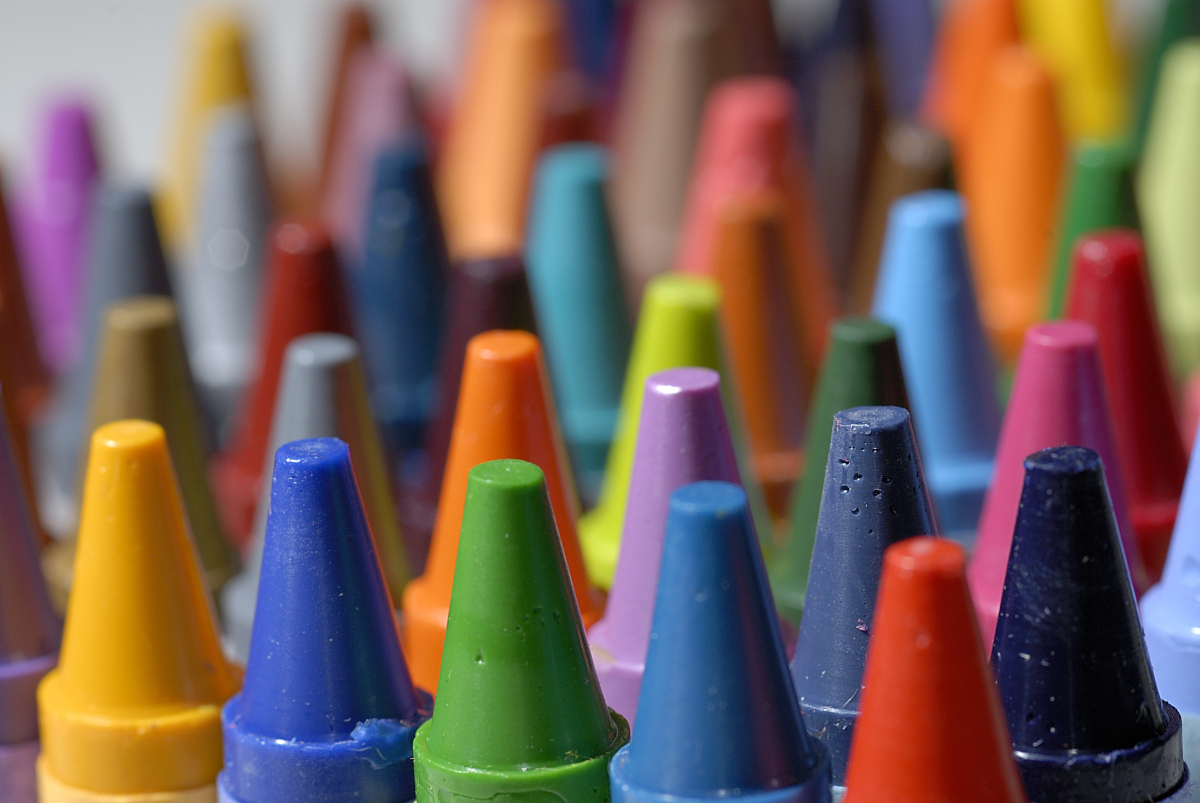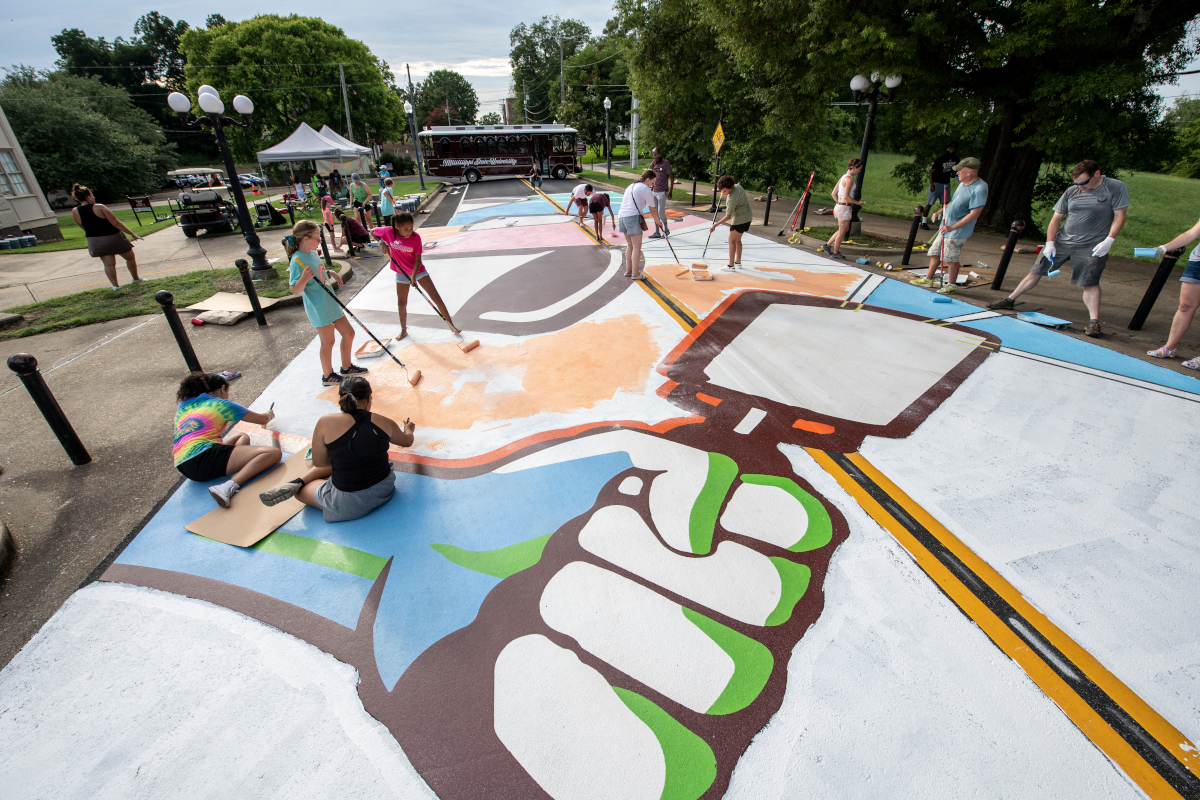Shoes with Soy
Shoes with Soy
Imagine the pile of shoes just inside the garage, home of scuffed workboots and nearly outgrown sneakers. Those muck boots have squelched through their fair share of swampy fields, and they’re not the only workhorses in this pile.
One pair in particular has earned its spot many times over; worn by every member of the family at some point, this pair of flip-flops is strictly for emergencies. Like going down to grab the mail. Or reminding your youngest (again) that running barefoot isn’t the best idea. Those are shoes you need to work every time. Thanks to a company called Okabashi, those shoes are now made with soy.
We talked to company president Kim Falkenhayn about what makes Okabashi and soy go together like rain boots and puddles.
What’s special about Okabashi shoes?
We’re one of the remaining 2 percent of shoe manufacturers still operating domestically. We make shoes in Buford, Georgia, where people have been making shoes for generations – first out of leather scraps from larger goods like horse collars, and now using recyclable and renewable materials, including soybean oil.
Okabashi shoes are well known for our Comfort Footbed. Lots of arch support and contours allow people who thought they couldn’t wear flip-flops to love them. Runners who need more support, people recovering from surgery and those with issues such as plantar fasciitis are able to wear our shoes comfortably.
Sustainability is a big part of your brand. How did you become interested in being sustainable?
In the late 80s and early 90s, we were watching factory after factory leave the U.S., and we didn’t want to be next. We had to become even leaner, and our production had to be even more efficient to compete with inexpensive labor overseas. So we adopted new materials and processes that allowed us to recycle all of the scrap produced in the manufacturing process, eventually starting a shoe recycling program for our customers as well.
Part of our efficiency efforts is watching for new materials that would not just make our products better, but more sustainable. Plasticizers, a pellet we use to create parts of our shoes, became commercially viable as a bio-based product using soybean oil. We jumped on that opportunity.
It sounds like sustainability is a staple for Okabashi — it’s important to care for the environment, but there are business considerations as well. How does sustainability fit into your business model?
It has to be more than just a marketing feature for your customer. Sustainability is ingrained in our DNA. It has to work holistically with all of our processes to make it work in the end. It’s so much a part of what we do and how we think about design. In fact, there are several product ideas we have shelved for years because we haven’t found the right solution yet. If we can’t make them sustainably in the U.S., we don’t feel like it fits us.
What makes soybean oil a good fit as part of Okabashi?
There are a couple of things that make soybean oil a good fit for our plasticizer. For one, the addition of soybean oil helped the product meet all of our specifications – from softness to strength. That’s a basic requirement for any material we use. On top of that, soy is grown on a large scale in the U.S., and it’s available anytime we need it at any quantity we require. Those two things together allowed us to make the leap from a petroleum-based product to a bio-based product that fits our brand better.
Where can you buy Okabashi shoes?
You’ll find the Okabashi brand in Walgreens and CVS, where we’ve had a partnership for decades. We’re really excited about some new doors that could open up in the near future. We also have our boutique brands: Oka B at resort shops and spas, and Third Oak, flip-flops and sandals designed for outdoor adventures.
So when those Old Navy flip flops wear a hole in them (again), consider replacing them with Okabashi shoes that are supportive for feet and for U.S. soybean farmers.



